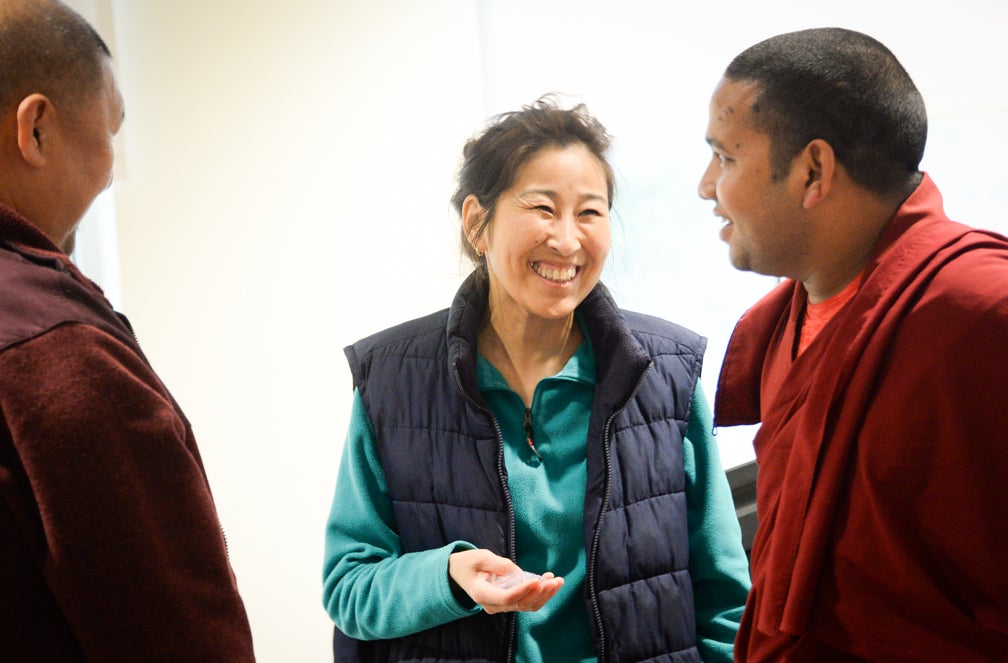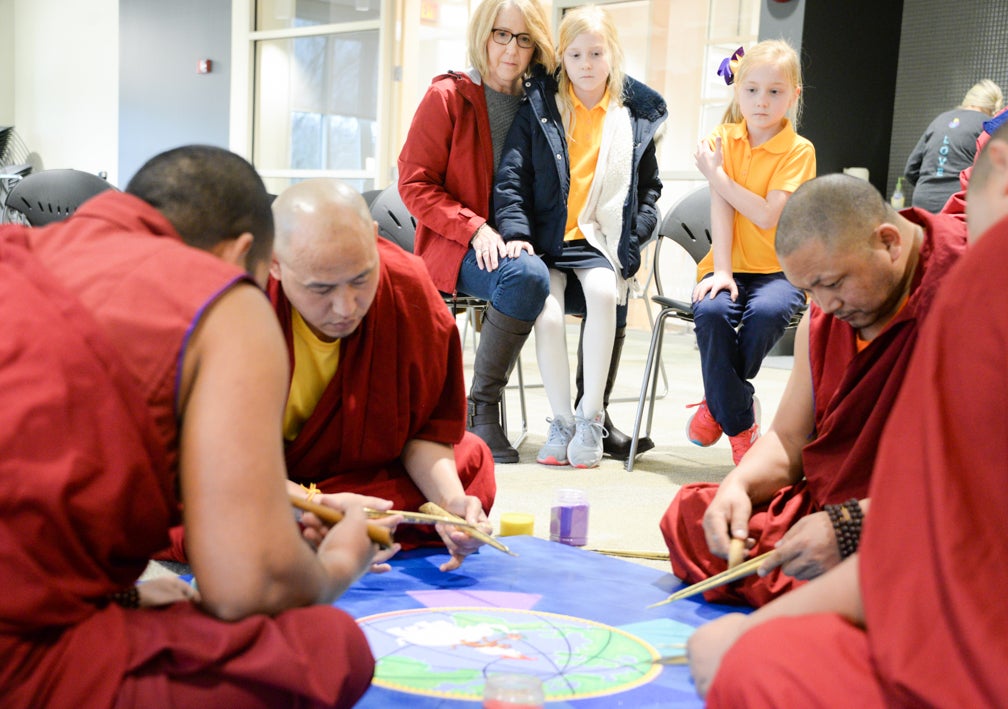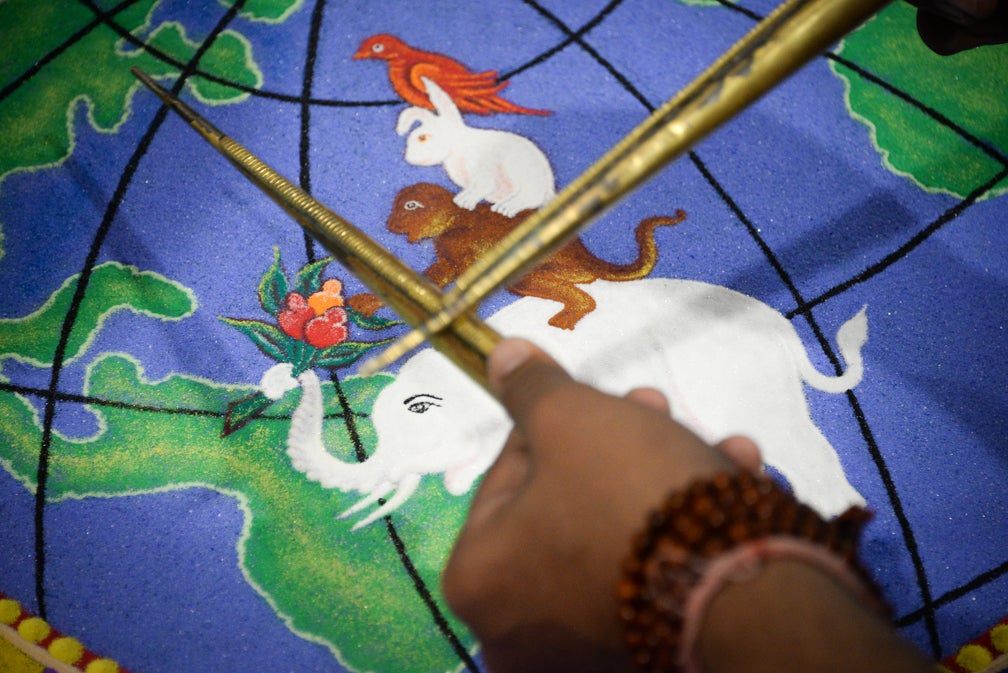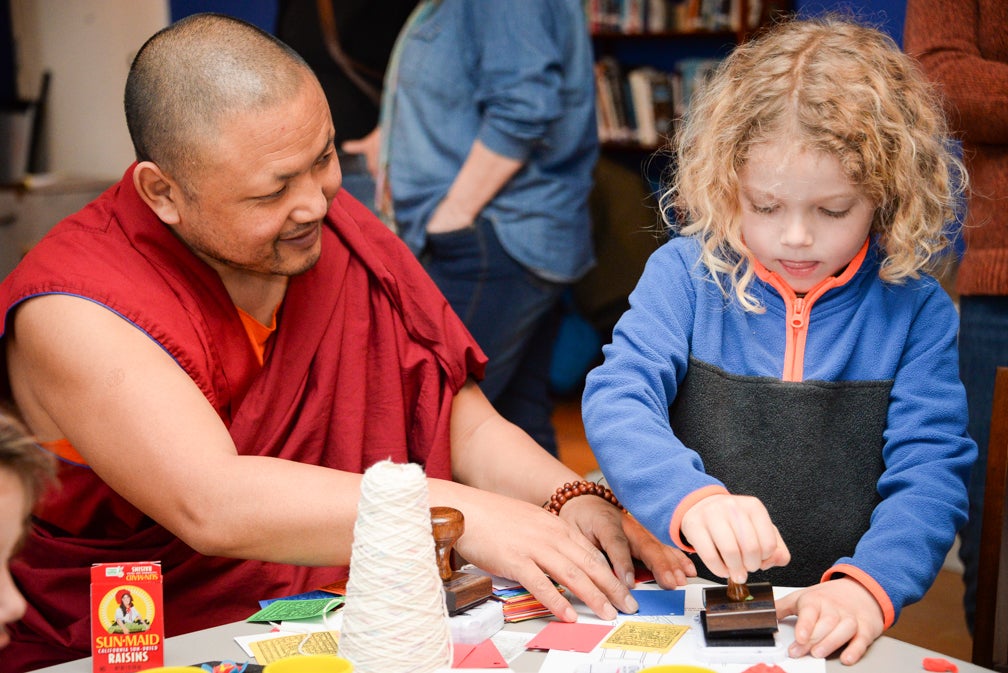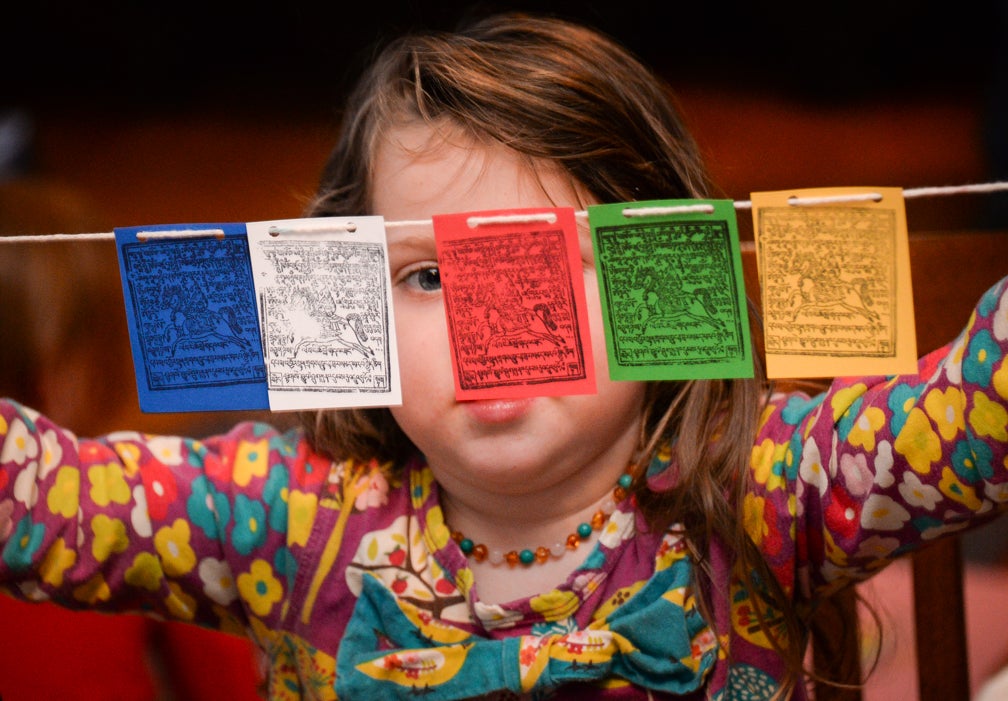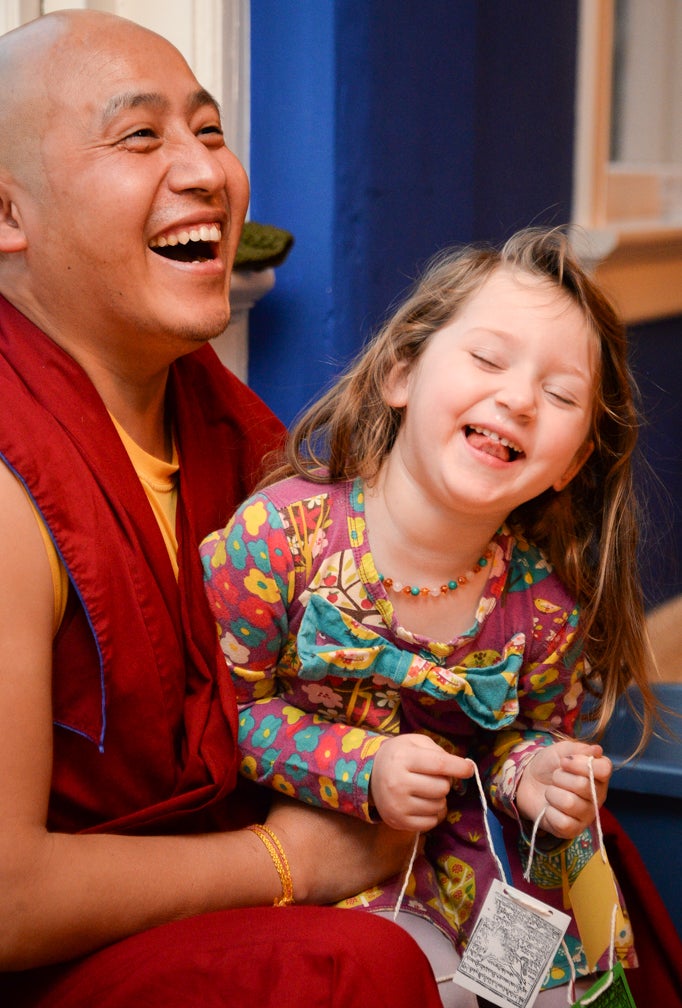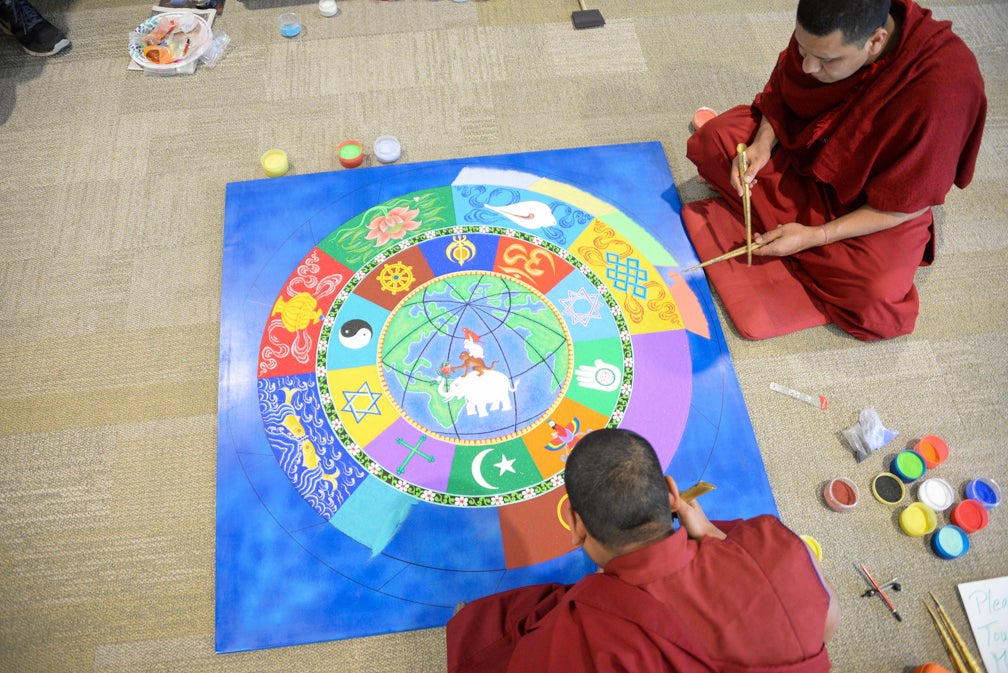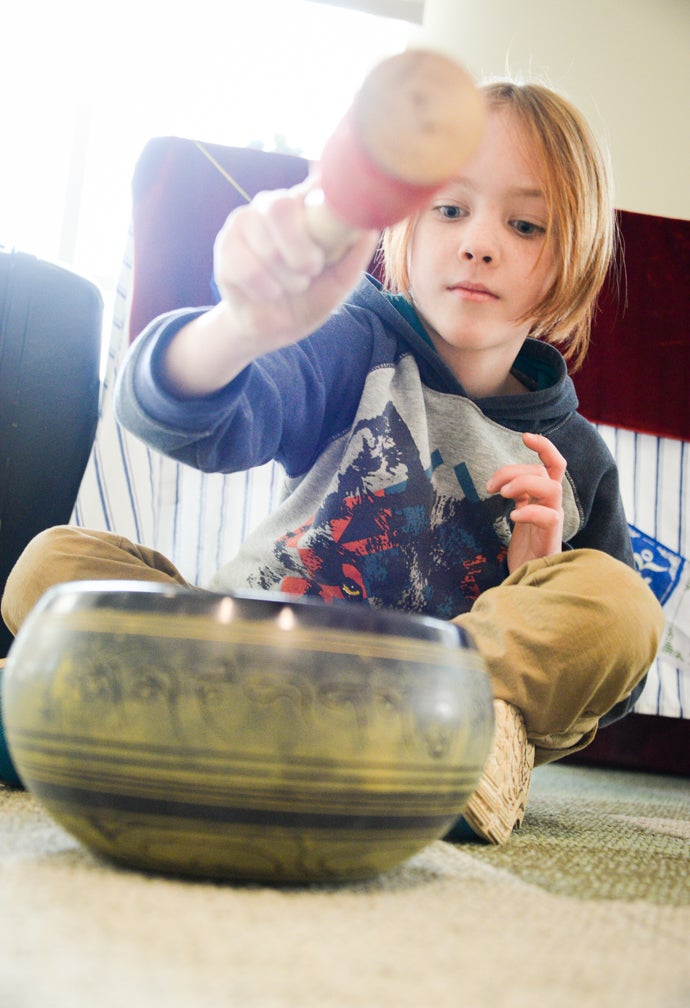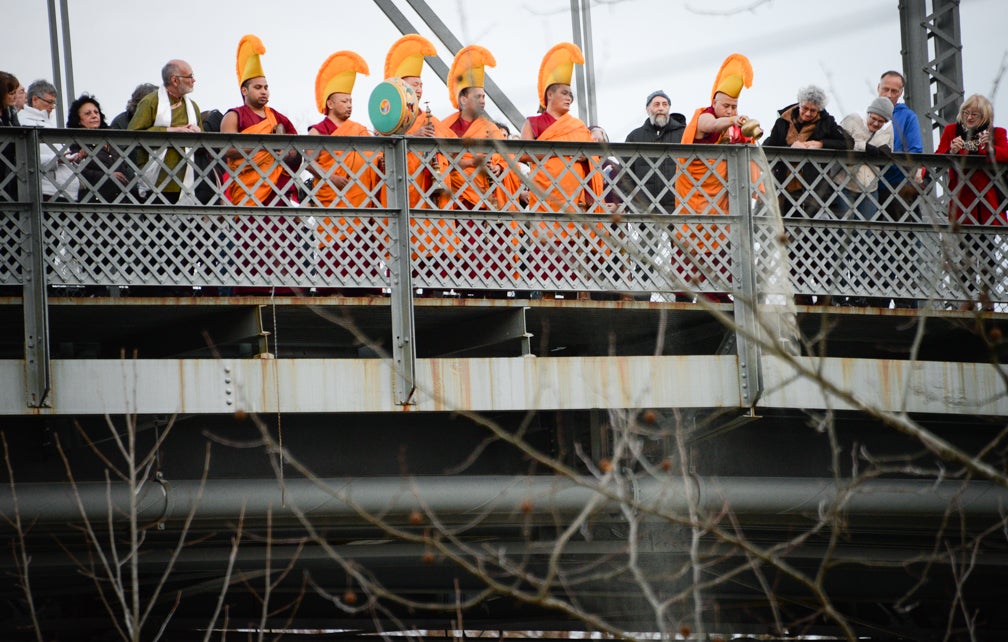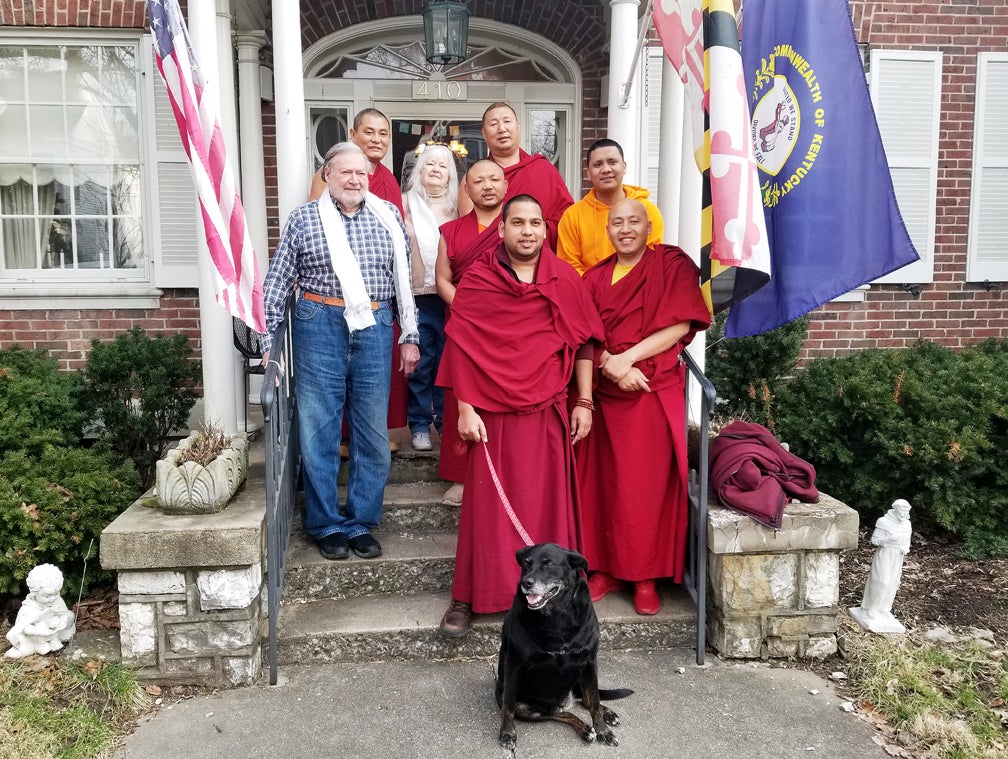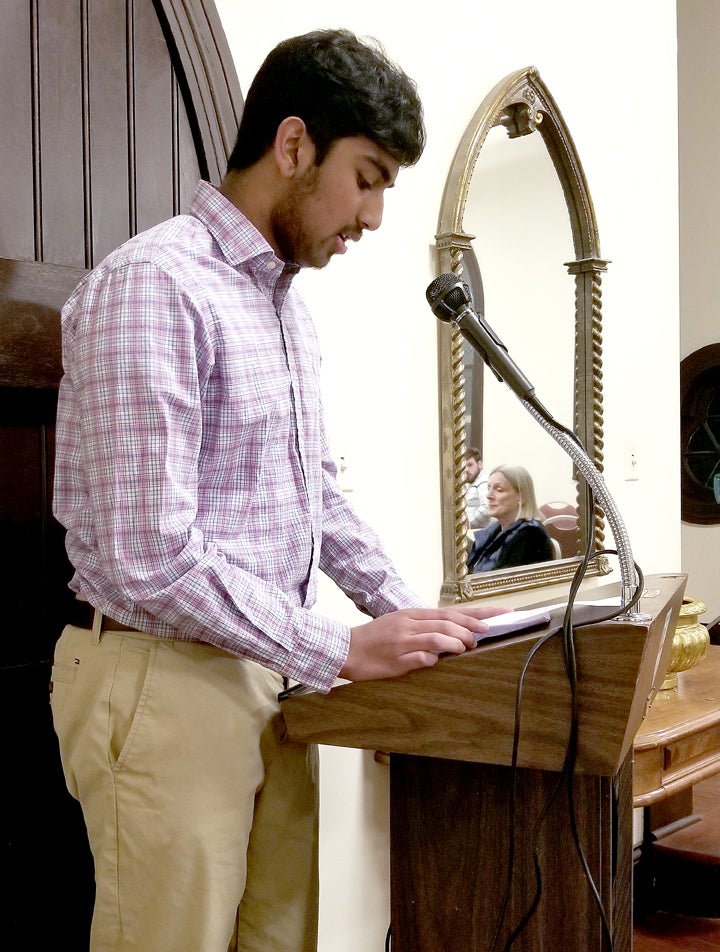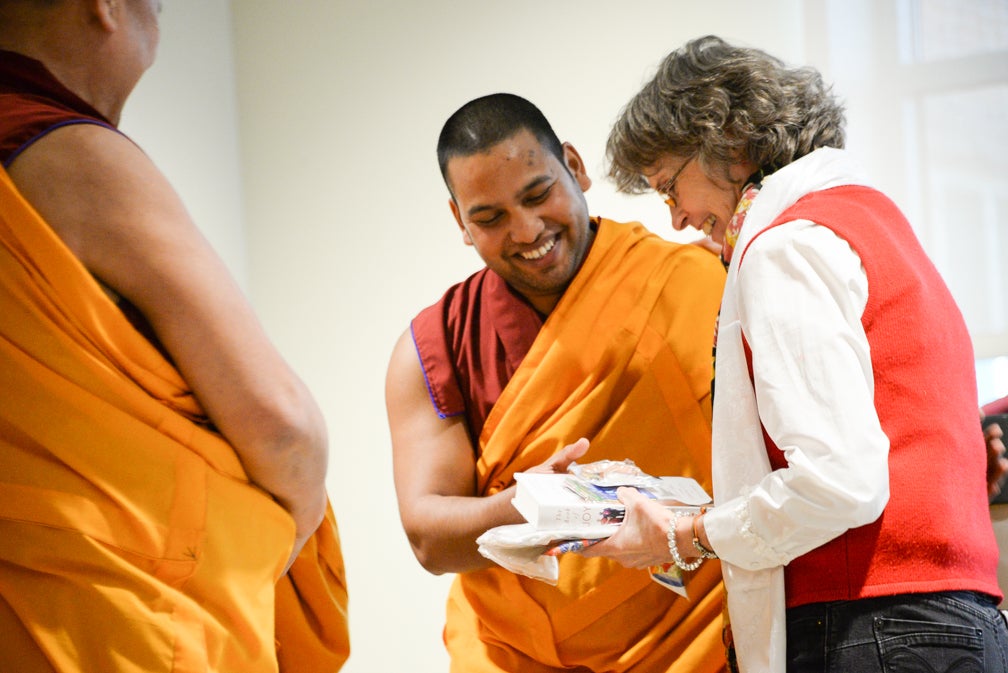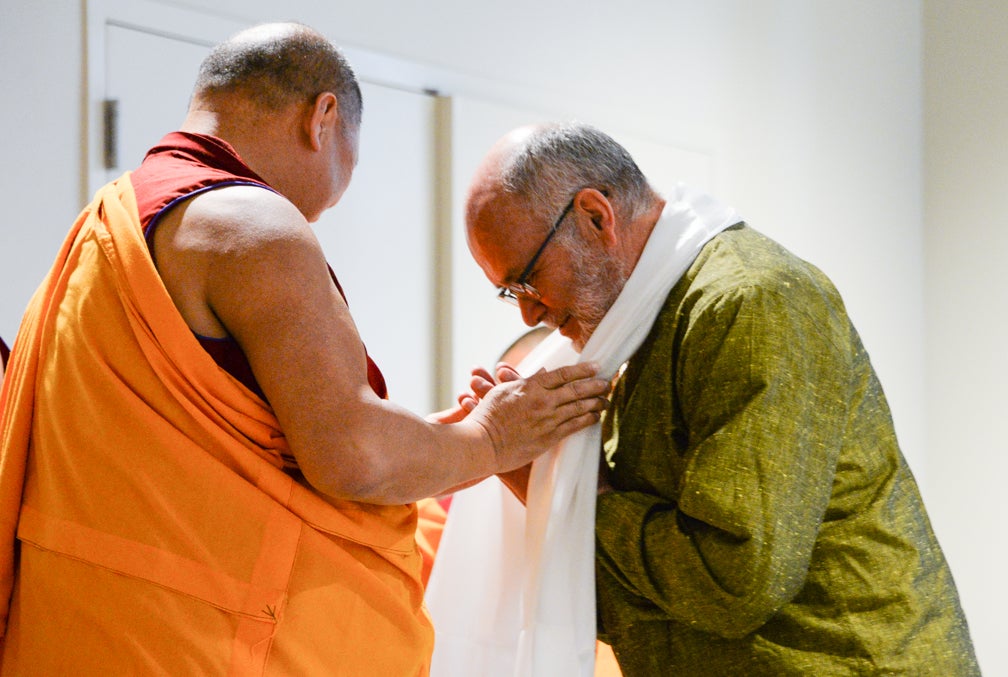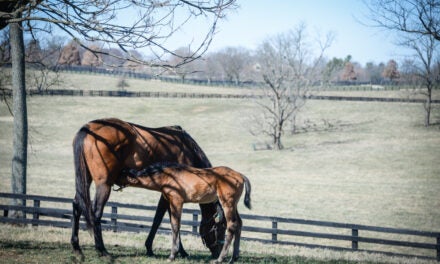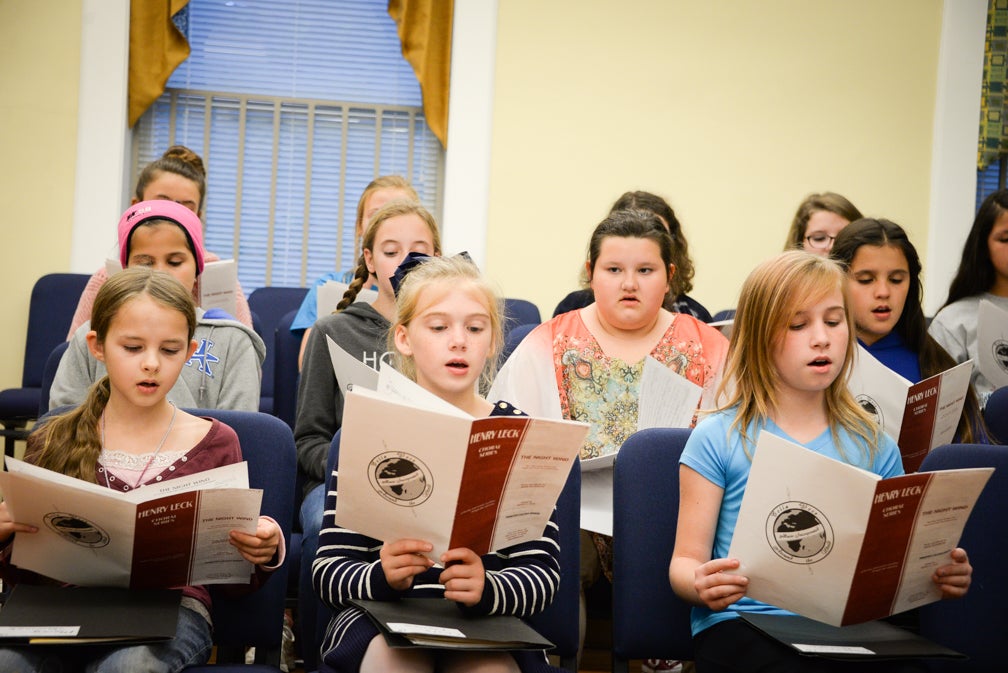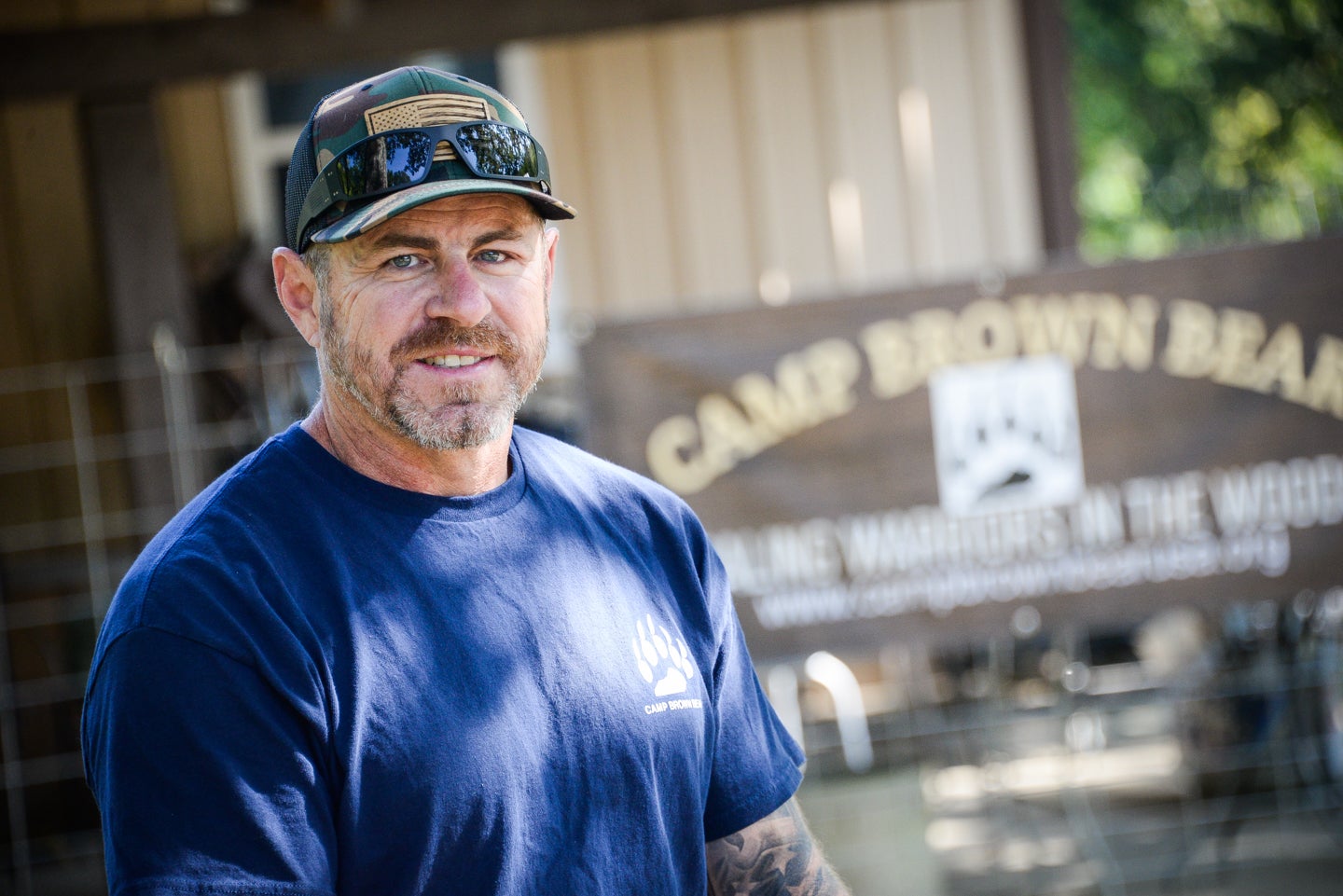Impermanence is always one of the teachings when the Tibetan Buddhist monks from Tashi Kyil Monastery in India come to Frankfort.
They visited Kentucky’s capital around Memorial Day in 2013, during Christmas Candlelight Tour in 2015 and Valentine’s week in 2019. Each time, they’ve taken four days to create a beautiful, intricate World Peace mandala (sand painting), and then they destroy it and pour the sand into the Kentucky River to show us that everything is impermanent. Enjoy the moment.
On all three visits here, the Tibetan monks will tell you they’ve witnessed teachings of loving kindness, compassion, generosity, joy and gratefulness from the Frankfort and Franklin County community.
In 2013 when I was asked by Arjia Rinpoche, director of the Tibetan Mongolian Buddhist Cultural Center in Bloomington, Indiana (the U.S. sponsor for the Tashi Kyil monks), if I would arrange programs for the touring monks in Frankfort, I said “yes.” But truthfully, I didn’t know how successful we would be.
There aren’t a lot of Buddhists in Franklin County. However, I thought it would be a great opportunity to promote interfaith cooperation.
Bloomington’s Mary Pattison, the overall tour coordinator, eased my mind that first year when she said, “Don’t worry, Charlie. Just raise what you can and the monks will be happy to be there. You will thoroughly enjoy having them in your community.”
Mary, 85, died this year in January. But I’ve never forgotten her comforting and prophetic words.
From August 2018 until April 2019, the monks were on a U.S. tour to educate the public about the Buddhist culture and religion; to raise funds for their small, poor refugee monastery in Dehra Dun, India; and to promote peace, compassion and interfaith understanding. Donations from previous tours helped build a classroom for young student monks, and a library.
Generous community
Each time the monks visited Frankfort, our goal was to raise at least $2,000 to cover their suggested donation for building the World Peace mandala. But thanks to the generosity of the community, we’ve managed all three times to raise more than $12,000 — counting overall donations, ticket sales from the Tibetan dinner and interfaith gathering, and the purchase of Tibetan merchandise such as prayer flags, prayer beads, singing bowls, clothing, books, book bags and jewelry.
Major sponsors for the World Peace sand painting this year were Simple Gifts Spiritual Community, The Light Clinic, Libby Marshall and Prentice Harvey, Joe Fiala Sr., Jim and Pam Jackson, Frankfort InterFaith Council, Angela Mitchell, Mary Hunter Purdy, Mary Frank Slaughter, Gene Burch Photography, Gina Morales, Nancy Rose Osborne, Nash Cox, Brad Marston, Don and Sylvia Coffey, Mohammad Razavi, several anonymous donors, and myself.
Donna Gibson, director of the Paul Sawyier Public Library, and the library board helped tremendously in allowing the monks to create the World Peace sand painting in the new, spacious River Room. It’s the perfect place for the mandala to be built. The entire staff, especially Michael McIntosh, in charge of security, was so accommodating and friendly.
Ev and Mike Claffy were the hosts for the monks and their van driver, welcoming them into their home on Wapping Street for the second time. Brent Sweger provided a South Frankfort house in South Frankfort for them in 2015.
The Rev. Jessee Neat, rector at Church of the Ascension, and his parishioners, welcomed the monks into their downtown Episcopal church for the third consecutive time for the Tibetan dinner and cultural programs. We’ve always had more than 100 people attend the dinners.
Shari Thompson opened her doors at My Old Kentucky Om Yoga Center on Second Street for a monk to teach four yoga classes through the week with all proceeds going to the monks.
Joseph Fiala and wife Emaline Gray welcomed youngsters to The Light Clinic for a children’s art workshop with the monks.
Providing food for the Tibetan dinner or for the monks through the week were Stephanie Cramer, Gina Morales, Angela Mitchell, Nancy Osborne, Annie Metcalf, Anne Bourgeat, Connie Lemley, Trina Peiffer, Sandy Wilson, Veronica Gayle, Diana Hogan, Jane Mize, Thai Smile, Rick’s White Light Diner, Casa Fiesta, Buddy’s Pizza, Joe Fiala Sr., and Ev and Mike Claffy.
Participating in the cooking class for the Tibetan dinner were Betty Beshoar, Debbie Israel, Angela and Reed Wilbers and Shannan Rome. Other volunteers for the Tibetan dinner were David Gierlach, Gene Coverston and Patricia Griffith; and Lizz Taylor sold tickets for the dinner at Poor Richard’s Books.
Muslim student speaks at Tibetan dinner
A highlight of the Tibetan dinner and interfaith gathering this year was the keynote address by Afeef Shaik, a 16-year-old junior at Franklin County High School. He’s Muslim and a second-generation immigrant. His father, Aejaz Shaik, is a Frankfort InterFaith Council member and Afeef has attended several interfaith events through the years.
He’s on the FCHS yearbook staff and bought an ad for the yearbook on behalf of the Frankfort InterFaith Council, to help bring awareness to his classmates about the local organization that promotes cooperation and understanding among all religions.
That sparked another idea — the creation of a youth interfaith council, “which would bring together a group of high school students to openly discuss religion in a relaxed setting,” Afeef said.
“It does not matter if you are an immigrant or were born here. It does not matter whether you are in the majority or minority. It doesn’t matter if you are Republican or Democrat. All that matters is that you are open to learn.”
The interfaith council unanimously approved Afeef’s proposal of a youth council.
“I was overwhelmed by the support I received,” he said. “I am now actively finding members of various backgrounds and faiths to commence a new tradition in Frankfort. Coming together and understanding what our community holds is something integral that I would like everyone — including my generation and the ones to come — to understand.
“The only way we as a community can grow is by first seeking what is in the community. Once we understand everyone’s backgrounds, we can adjust to the needs of everyone and share an appreciation for one another. My goal with youth interfaith is to create a circle for young minds to learn the truth behind religions and openly share any thoughts, ideas and concerns in a relaxed and fun setting.”
Afeef received a standing ovation.
Monks bring beautiful art and calming presence
Dave “Tuck” Kerr – a retired corporate accountant who moved to Frankfort in 2014 from Spirit Lake, Iowa – attended almost every Tibetan program through the week. He said when he’s in the presence of the monks, he feels “a dramatic sense of positive energy. Peace and calmness begin to flow through me.
“Those feelings continue to grow deeper as the monks exude a genuine sense of compassion and love for the simple, uncomplicated experience of life. Their joy for life is contagious, overwhelming, and exactly what we are all searching to experience in our lives.”
Kerr said conversation with the monks is “simple, open, honest, with absolutely no hidden agenda, and no sense of the social anxiety we might feel when engaged in conversation with people we have just met. To be in their presence is a humbling experience. I absorb their harmonic love and joy through some sort of spiritual osmosis. I take it with me when I leave them, and it lasts indefinitely.”
He said the monks and the Buddhist teachings have influenced him to want to live a simpler, more peaceful life with love and respect for all beings.
Ev Claffy loves hosting the monks when they’re in Frankfort.
“It’s absolutely amazing having them in our house,” she said. “One of the first nights they were here, they were in the living room chanting and the whole house gently vibrated. It was the most calming feeling to hear the beautiful sound they make when they chant together.”
Ev said she’s a night owl and would be downstairs late, in a chair reading a book. “They would be upstairs in one of the bedrooms and I could hear them talking. There was such joy in their voices. They are so kind to each other and everybody. I loved listening to them laugh.”
She said it seems odd to have seven visitors in your home for a week, and not have any work to do, “because they take care of themselves and don’t expect you to wait on them.”
Nancy Osborne, one of the main organizers, said, “The joy of helping our monk friends three times over the last six years in our welcoming and generous community fills me with gratitude. The monks’ artwork reminds me of our human tapestry, colored and strengthened by our diversity. With compassion, love and art as our guides, no matter our situation, we can promote peace and diminish suffering.”
Impermanence
A child brought a teaching of impermanence to the library’s River Room one day before the closing ceremony for the World Peace mandala. It was the third day for creating the sand painting, and the monks had taken a lunch break.
A barrier was placed around the mandala on the carpeted floor and a sign attached to the front rope said, “Please Don’t Touch The Sand Mandala!”
But the little boy, unable to read, broke loose from his mother’s hand and walked under the barrier, onto the mandala. After about two steps into the sand painting, one of our volunteers, Angela Mitchell, grabbed his hand and kept him from destroying the artwork.
The few adults in the room felt nauseated. Soon monk Lobsang Manjushri returned from lunch. When he heard the news, he laughed, saying, “It happens all the time.” Well, not all the time. But he said it happened several times on the current U.S. tour, and this was the “fourth worst mishap. One in New York happened on the final day and couldn’t be corrected.”
Our mandala was salvageable. Five monks were scheduled to work in the Episcopal church kitchen all afternoon with the cooking class to prepare the Tibetan dinner for that night. But Lobsang needed assistance in repairing the damage so the youngest monk, Tenzin Gyatso, returned quickly to the library to help rescue the mandala.
They smiled and remained calm and focused their minds on their artwork. Four hours later, the sacred mandala looked perfect — again.
Anam Thubten, my main Buddhist teacher, says, “True happiness comes from a very strange reality, from loving uncertainty, from falling in love with the lack of security. Once you know how to love this truth, you are going to feel true happiness. You’re going to know what true joy is. This bliss is literally going to dance in your heart. . . The truth is that we are going to lose everything in the end. It is just a matter of time.”
Since his last visit to Frankfort, Lobsang’s mother died tragically in India in 2017.
“She was a good person and very innocent,” Lobsang said. “She never went to school and only spoke our local dialect. She was about 45 and very loving. She had gone out in the early morning to cut grass for the animals — cows, goats and sheep. She was on a high mountain and fell 100 feet to her death. For me, that was the most suffering I have felt.”
On Valentine’s Day 2019, the day after the mandala mishap in Frankfort, with more than 150 people watching, the Tibetans monks ritually dismantled the beautiful mandala by artistically brushing the colorful grains of sand into the center of the blue board. Spectators received samples of the sand in tiny plastic bags and the remainder went into an ornamental container.
Then the monks — with their horns, cymbals, bells and drum, and in their ceremonial yellow hats and robes — led the crowd on a short walk to the Singing Bridge, where the sand, with its healing energies, was poured into the high and muddy Kentucky River.
Later the monks told local volunteers if the Frankfort community would like to preserve a World Peace mandala one time for an educational display, it can be done, and there would still be a closing ceremony. We have at least two years to decide.

